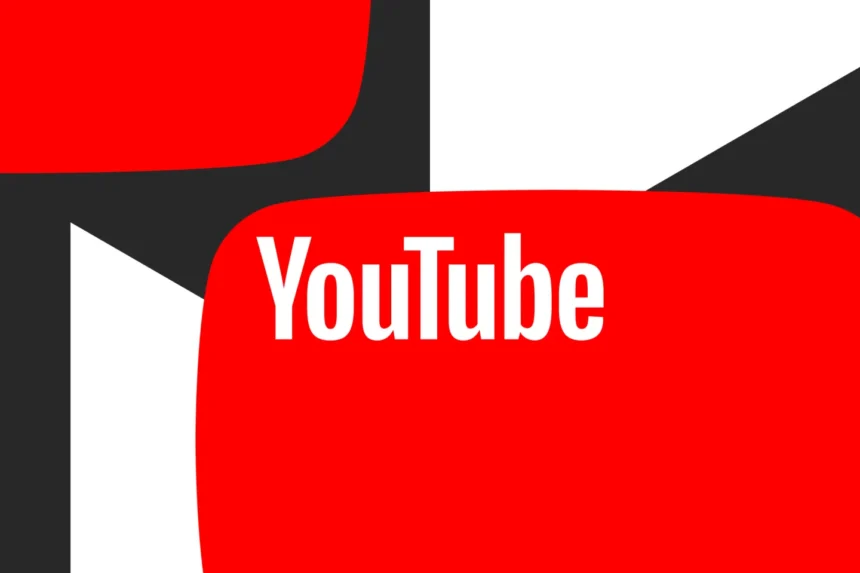YouTube is reshaping the podcasting landscape, whether podcasters like it or not.
YouTube isn’t traditionally seen as a podcast platform, but that hasn’t stopped it from becoming the number one destination for podcast consumption. The company reports that over 1 billion people watch podcasts on YouTube every month, surpassing both Spotify and Apple Podcasts by a staggering margin.

For comparison, Spotify had 100 million regular podcast listeners in 2023 and claimed 500 million total podcast listeners since 2019. Apple, meanwhile, tends to lag behind Spotify in third-party measurements. If a full eighth of the world’s population is tuning into podcasts on YouTube, it’s clear where the momentum is.
Why Podcasters Must Adapt to YouTube’s Rules
Despite YouTube’s dominance, the platform presents challenges for podcasters:
- No Background Listening for Free Users – Unlike Spotify or Apple Podcasts, YouTube requires YouTube Premium for users to listen with their screen off. Otherwise, they must watch a static video or keep the app open.
- Video Production Costs – To succeed on YouTube, podcasters must embrace video. Creator Carla Lalli Music, formerly of Bon Appétit, recently noted it cost her $3,500 to produce a single video. While podcast videos may not require the same production complexity, high-quality visuals are increasingly essential.
- YouTube’s Ad System – Podcasters must use YouTube’s ad network instead of their traditional podcast monetization methods, limiting their control over ad placement and revenue tracking.
Despite these hurdles, YouTube’s massive audience and 400 million hours of podcasts watched on TVs alone last year make it too big to ignore. While it may not function like a traditional podcast platform, it has become the most powerful one—forcing podcasters to adapt or be left behind.









